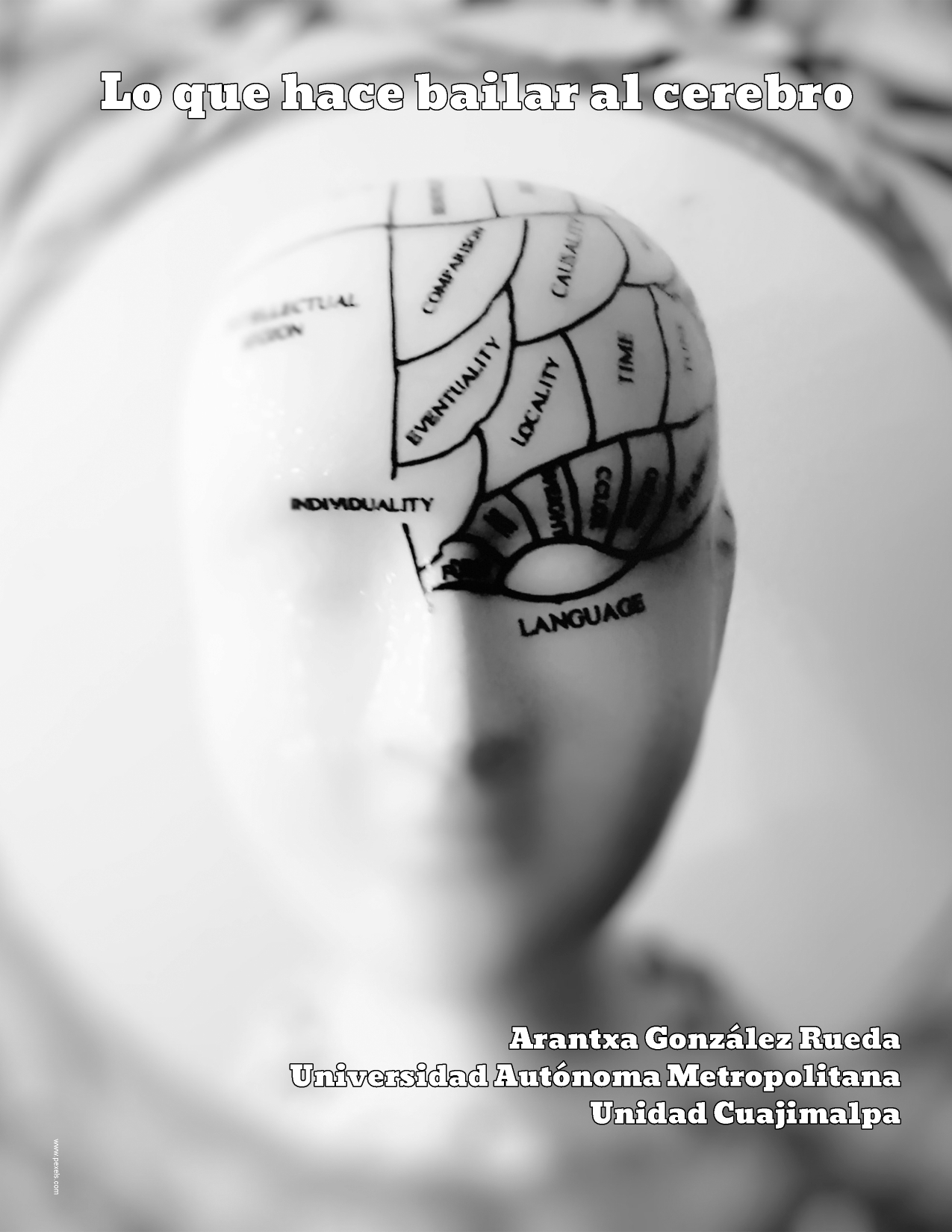Lo que hace bailar al cerebro
Keywords:
m´usica, neurobiolog´ıa, cerebro, percepci´on
Abstract
Music is one of the most wonderful stimuli that exist. We visualize music as a type of art, it can make you feel pleasure, recall some memories and even it generates new neural networks. But, how does music work? Here, we make an explanation about how music makes your brain feel from an evolution to a neurobiological point of view.
Downloads
Download data is not yet available.
References
Earliest music intruments found. BBC News. (2012)
Perrone C., Volpicelli F. y Di Porzio U. Biological bases of human musicality. Rev. Neurosci. Italia (2017).
Vuilleumier P. y Trost W. Music and emotions: from enchantment to entraintment. Ann. N.Y. Acad. Sci. Suiza (2015). Pessoa L. A Network Model of the Emotional Brain. CellPress. Estados Unidos de Am´erica (2017).
Khalfa S., Schon D., y Li´egeois C. Brain Regions involved in the recognition of happiness and sadness in music. NeuroReport. Francia (2005).
Perrone C., Volpicelli F. y Di Porzio U. Biological bases of human musicality. Rev. Neurosci. Italia (2017).
Vuilleumier P. y Trost W. Music and emotions: from enchantment to entraintment. Ann. N.Y. Acad. Sci. Suiza (2015). Pessoa L. A Network Model of the Emotional Brain. CellPress. Estados Unidos de Am´erica (2017).
Khalfa S., Schon D., y Li´egeois C. Brain Regions involved in the recognition of happiness and sadness in music. NeuroReport. Francia (2005).

Published
2020-12-10
How to Cite
González Rueda, A. (2020). Lo que hace bailar al cerebro. Contactos, Revista De Educación En Ciencias E Ingeniería, (118), 5-9. Retrieved from https://contactos.izt.uam.mx/index.php/contactos/article/view/81
Section
Artículos





